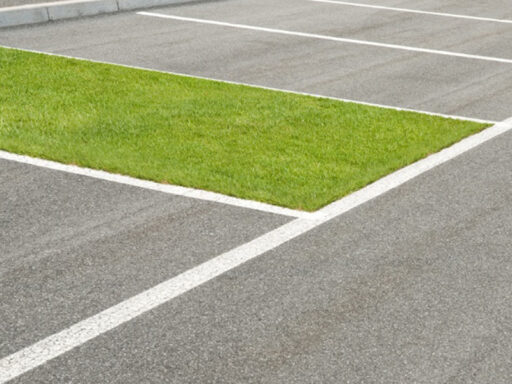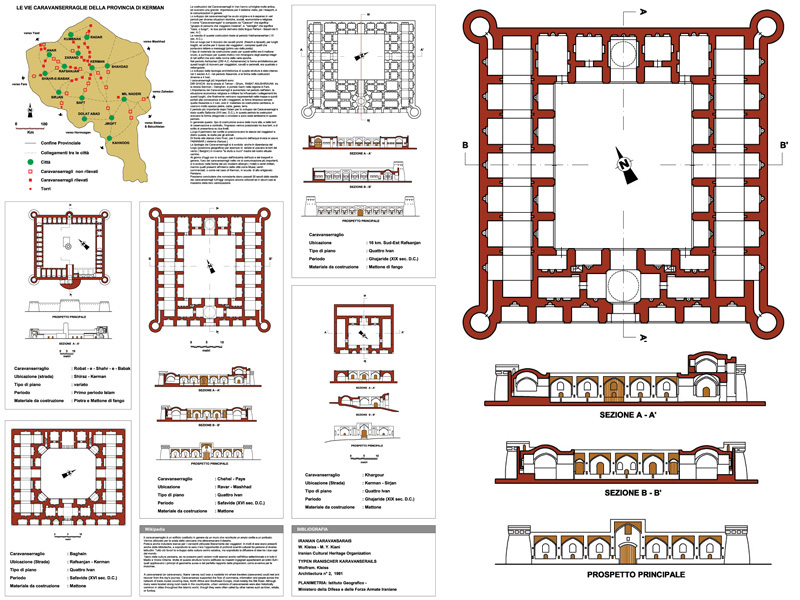The Caravanserai
Typical buildings of Persian culture
Year
XV - XIX secolo
The word کاروانسرای kārvānsarāy is a Persian compound word combining kārvān "caravan" with sarāy "palace", "building with enclosed courts". Here "caravan" means a group of traders, pilgrims or other travellers, engaged in long-distance travel. The word is also rendered as caravansary, caravansaray, caravanseray, caravansara, and caravansarai. In scholarly sources, it is often used as an umbrella term for multiple related types of commercial buildings similar to inns or hostels, whereas the actual instances of such buildings had a variety of names depending on the region and the local language. However, the term was typically preferred for rural inns built along roads outside of city walls.
The word serai is sometimes used with the implication of caravanserai. A number of place-names based on the word sarai have grown up: Mughal Serai, Sarai Alamgir and the Delhi Sarai Rohilla railway station for example, and a great many other places are also based on the original meaning of "palace".
Source: Wikipedia
Drawings that can be purchased

24 €
How the download works?
To download files from Archweb.com there are 4 types of downloads, identified by 4 different colors. Discover the subscriptions
Free
for all
Free
for Archweb users
Subscription
for Premium users
Single purchase
pay 1 and download 1






























































